While technically not a theme park, the San Diego Zoo still has plenty to offer visitors. Larger in size then Disneyland, the Zoo houses approximately 3,700 animals, and is located in Balboa Park. The Zoo is a quiet, educational get away in San Diego’s urban center.
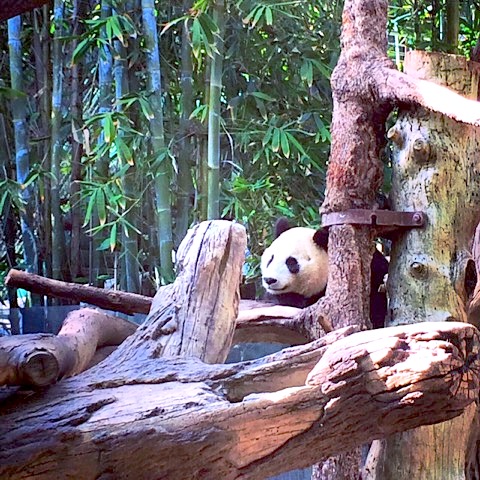
Prior to your visit:
The San Diego Zoo is located at 2920 Zoo Drive, San Diego, CA 92101. The Zoo is part of Balboa Park, which houses multiple museums and cultural venues. The Zoo is about 3 miles from downtown San Diego, and about 9 miles from Sea World. An Uber ride from downtown to the Zoo costs about $9. If you drive, parking at the San Diego Zoo is free. Once parked, you also have easy access to Balboa Park.
The San Diego Zoo differs from the San Diego Zoo Safari Park. While the Zoo is located in the city, the Safari Park is near Escondido, 30 miles north of San Diego. Where the Zoo is very traditional in its exhibits, the Safari Park features wide-open habitats that feature trams and other tours. The Safari Park is also worth a visit if you have time during your vacation.
The San Diego Zoo costs $48 per person for ages 12 and up, $38 for ages 3-11, and children under 3 are free. If you are visiting multiple San Diego attractions, the Zoo is available with the Go San Diego Card, which also provides access to Legoland and Sea World. You also can enter the Zoo under the Southern California City Pass, which is perfect for a visit to both the LA and San Diego areas.
The Zoo is open year round, and hours vary depending on the time of year. It is currently open 9 am to 6 pm through June 19th. As with theme parks, the Zoo tends to be busiest during spring break, holidays, and summer vacation. While the Zoo can be quite busy at times, it is large enough that the crowds tend to spread out.
You’ll want to allow up to four hours for your visit. The Zoo is large and has enough variety of animals that you won’t want to rush through. Plan on going early in the day or later on in the afternoon. (This is when the animals will be most active.)
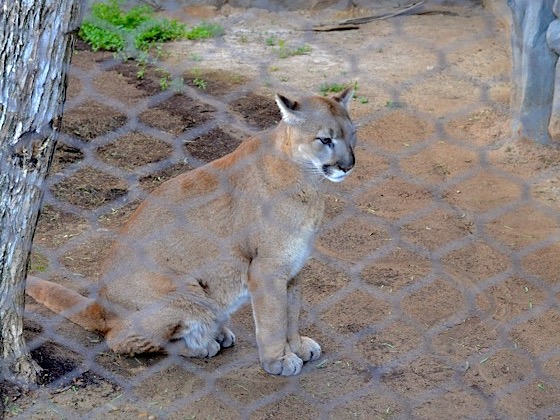
Bring plenty of sunscreen and clothing layers. The Zoo adapts to the different wildlife environments. While some parts will be shady and cool, the Elephant Odyssey and Urban Jungle areas offer little to no shade.
Feel free to pack your own lunches or snacks. Although the Zoo offers plenty of counter-service dining options, there are little restrictions on what you can bring in. Plastic straws and lids (I’m looking at you, Starbucks lovers) are not permitted. The food offerings also tend to be more concentrated in the front of the park, with the back geared more towards snack options. Refillable souvenir glasses allow you to get the most out of your purchase with refills only costing 99 cents.
While at the Zoo:
Be prepared to walk. The Zoo is spread out across 100 acres over various types of terrain. For those walking, multiple paths can become confusing, but the attached suggested route offers a great way to see all of the Zoo’s main attractions. There are escalators in a few areas of the park to help navigate the hills.
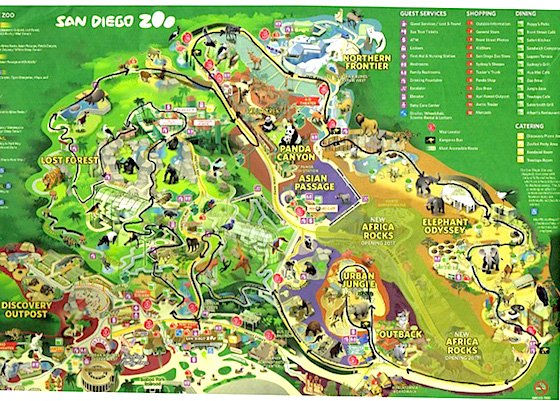
Technically, there are no rides at the Zoo, but the Skyfari comes closest. This gondola style transport system gives great views of Downtown San Diego, the Zoo, and the rest of Balboa Park. There is a small fee for the Skyfari for non-Zoo members. Southern California City Pass and Go San Diego Card holders can utilize the Skyfari for free.
The Zoo also offers various different tours at an extra charge. The most popular is the Guided Bus Tour, $11 per adult or $7 per child. The narrated tour provides an overview of the Zoo, and lasts a little over a half and hour. The line for the bus tour tends to start quickly, so you’ll want to hop on first thing.
While there are many must see exhibits at the Zoo, here are a few of my recommendations. The Orangutans are often playful and like to interact with visitors. On one visit, I witnessed a young orangutan and guests playing toss with a stick over the enclosure wall. During another trip, a guest was showing one its image on an iPhone screen.
The Polar Bear exhibit offers great opportunities to see the animals both above and below the water. When the bears are swimming, I often won’t leave until they stop. The keepers provide the bears with various toys, including plastic barrels, which keep them entertained and in the water.
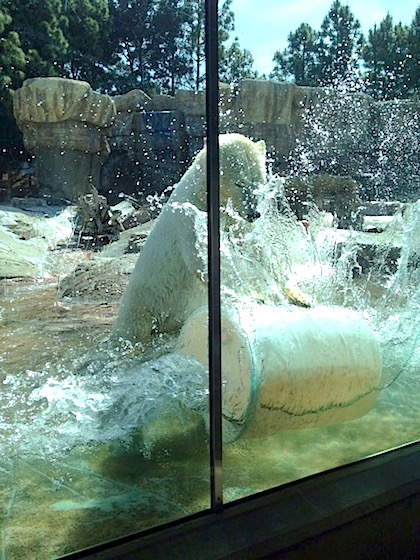
Spring is baby season at the Zoo, and the newborns are often on display in the exhibits. Within the last months, the Zoo has welcomed a baby hippopotamus, jaguar, and gorilla. Recently, I watched the mother hippopotamus teach her calf how to swim around their pool, and then she gently brought him to the surface for air.
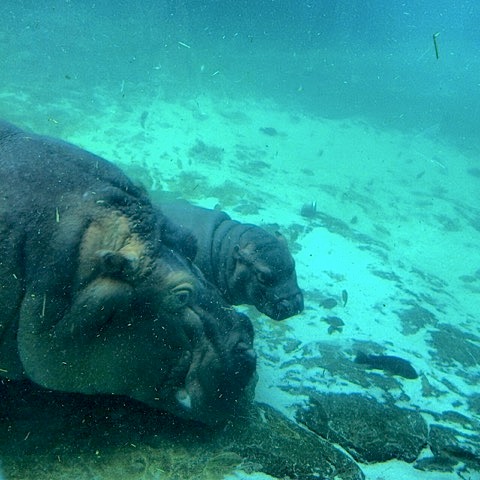
These exhibits do get a little more crowded, but visitors tend to move through quickly. Don’t be too disappointed if a newborn is not on the exhibit when visiting, as keepers will rotate the babies and their parents.
The Zoo is well worth a visit for anyone spending a few days in San Diego. While not a typical theme park, it provides plenty of opportunities for visitors to have up close encounters with animals from around the world. The Zoo is a leader in conservation and species protection, and education is a key focus for the visitor experience. Don’t be afraid to ask a keeper or volunteer any question you might have. The well-informed staff is more than happy to share their love and knowledge of the animals.
Tweet
This article has been archived and is no longer accepting comments.